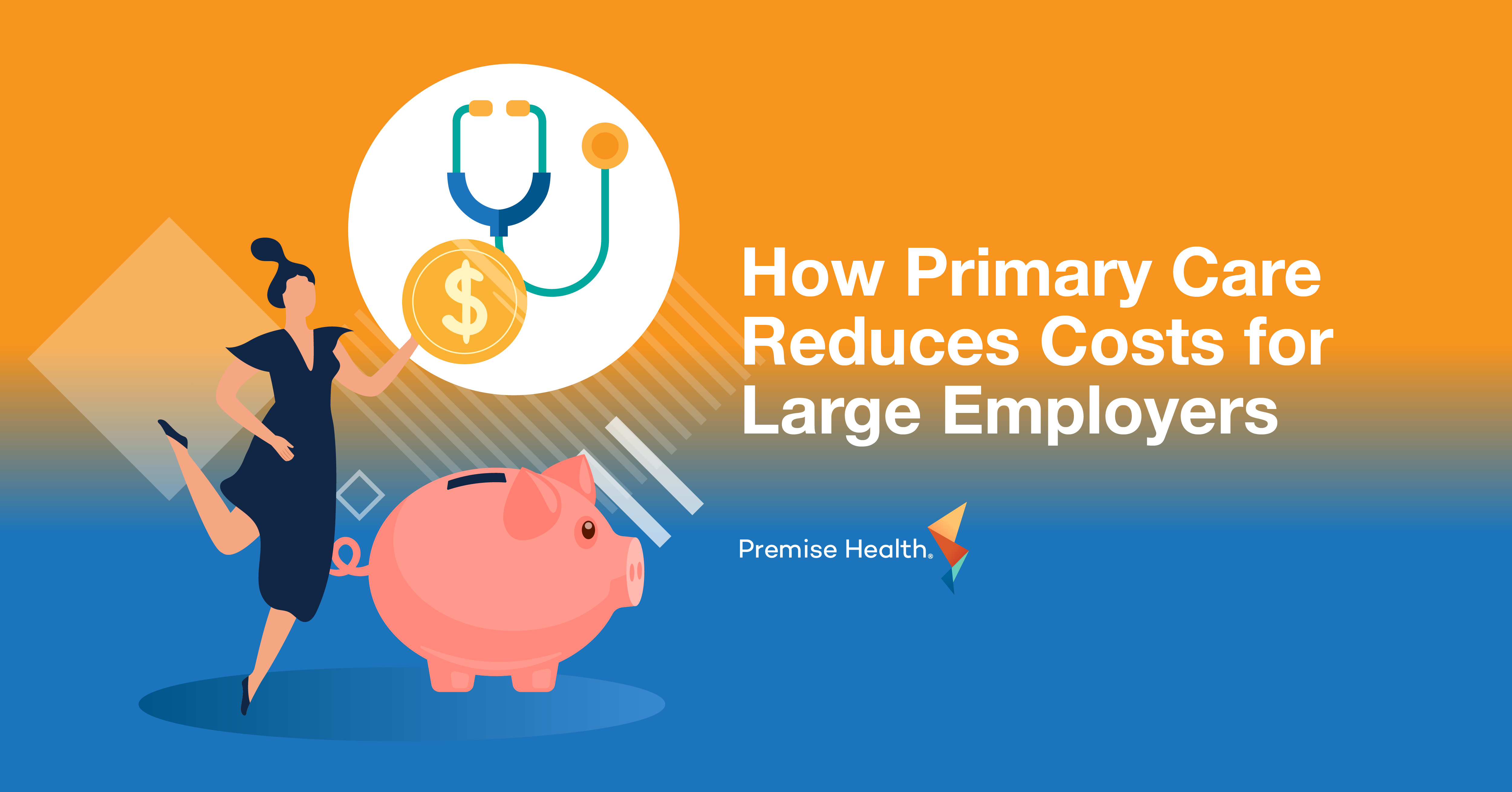Therapy, at the Office? A Conversation with Juli Galloway, AT&T
Mental health is critical to your overall health. Employers are taking note – and taking action. Juli Galloway, vice president of global benefits for AT&T, recently joined Beth Ratliff, chief operating officer at Premise Health, to discuss the role of employers in helping their employees get the mental care they need.
Juli and Beth’s conversation was full of helpful insights learned from AT&T’s own journey in supporting their workforce’s mental health journey, even at the outbreak of the COVID-19 pandemic. Some of the highlights touched on benefits strategy and educating employees.
Integrated Care is Better Care
Integrating behavioral health into a whole-person care model (such as advanced primary care) makes it easy to use, increasing the likelihood those who need it will get the care they need. When you’re planning your health benefit strategy, consider barriers that stand between your population and their health. Then, intentionally solve them one by one.
For example, access is a barrier for many. Getting in to see a therapist can take almost two months, according to the National Council for Mental Wellbeing. Solving this access problem could include beginning an advanced primary care service that includes behavioral health, shortening this wait to as quick as same- or next-day. Doing so can help your people begin their journey to better health and wellness as soon as they are ready.
“When our members come and use the service, they’re coming back at a huge rate.”
– Juli Galloway, AT&T
Have a Plan for Answering Questions From Members Concerned About Privacy
When you offer mental health benefits, from an EAP resource to full-time behavioral health service, it’s likely that your employees will raise privacy concerns. These concerns are normal — and completely understandable. Have a plan on how to answer them. Build your benefits plan in a way that protects their privacy, then use your internal communication channels to educate your employees about how their privacy is protected — and completely inaccessible by their employer. Educating your population on safeguards around their privacy, such as HIPAA protections, can ease concerns and encourage use.
In addition, you can integrate behavioral health with other healthcare services such as primary care. Doing this puts several kinds of services and care teams in the same office location at the same time. For anyone concerned about being seen — and judged — going into the counselor’s office, having everything from flu shots to talk therapy sessions in the same office and same waiting room can bring an important layer of comfort.
Take Steps to Normalize Behavioral Healthcare and Reduce Stigma Against Getting Help
Much amazing work has been done in mental health to reduce stigma. However, more remains to be done. As a benefit manager, you can play a key role in reducing the stigma around mental health through education and discussion. Having behavioral health providers join town halls, asking company leadership to share their own mental health journeys, and supporting educational communications can all help reduce negative attitudes towards challenges like depression, anxiety, stress, and more. This leads to better attitudes around seeking help for mental health challenges and encourages your people to get help when they need it.
Learn more about how Premise helps organizations provide their workforce with care for body and mind.
Next on industry insights.

Why Partnering with an AAAHC Accredited Organization is a Win for Your Workforce
Read the Blog
3 Healthcare Trends to Know in 2025
Read the Blog
